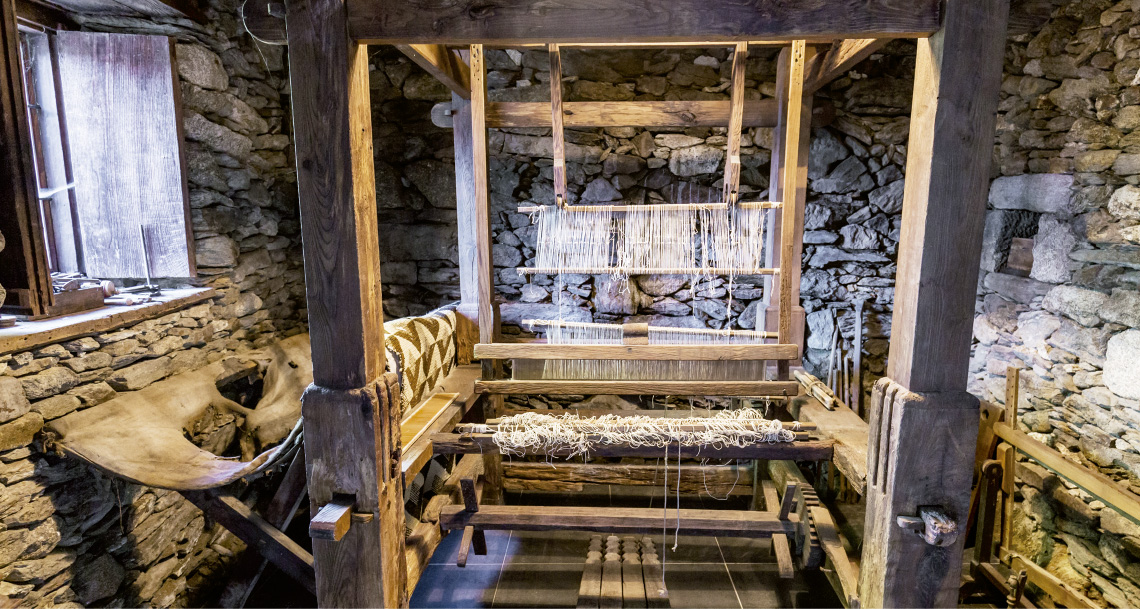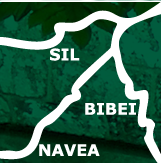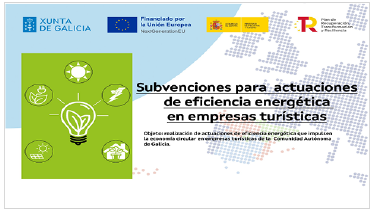ETHNOGRAPHIC EXHIBITIONS

The manor has a series of auxiliary buildings, which were traditionally dedicated to traditional and ordinary jobs of rural Galicia: the wine cellar, the loom, carpentry shed and the hayshed.
Throughout the restoration project of the manor, many actions took place in order to recuperate the buildings in an advanced state of deterioration having been unused and abandoned for many years. Today the tools and utensils from each of the traditional trades that developed here are exhibited in thematic areas.
An insight into traditional rural Galicia
THE HAYSHED
Very typical in common Galician architecture. It is constructed from blocks of granite to a size of 250m2. In it would be stored hay and straw, along with harvest tools.
Here you will find a large exposition of old tools and curious objects of interest which were found in the manor.

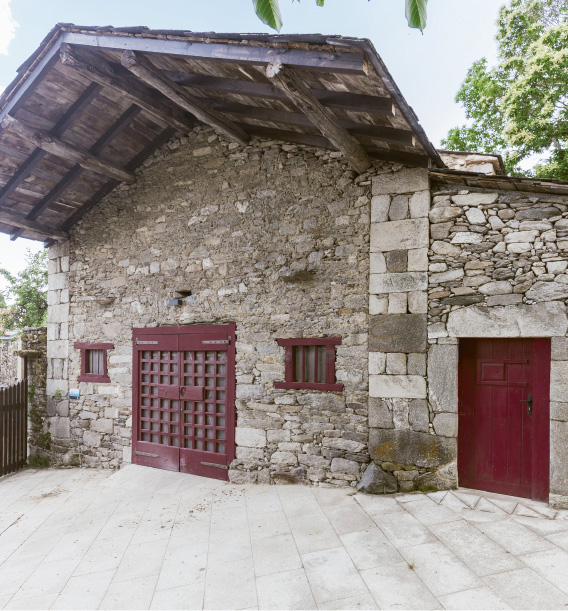
THE CELLAR
A beautiful building of more than 200m2, constructed from wood and stone. The entranceway presents an authentic wine cellar trellis in red. Inside, you will find a small exposition about the tradition of wine growing in the region and the old recipients related to the native wine production of the manor.
Currently, we are recovering the tradition and are continuing the production of wine and liquors in the cellar from grapes grown on steep slopes, a typical characteristic of the Ribeira Sacra. This wine originates from the manor by means of ecologically certified cultivation in the valley of the Bibei.
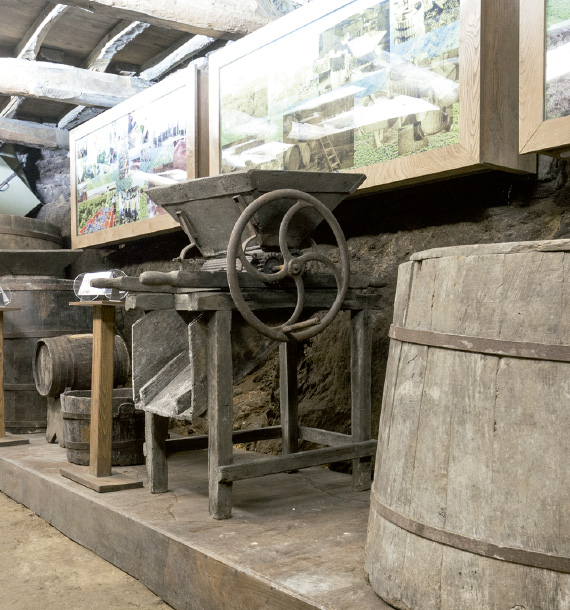
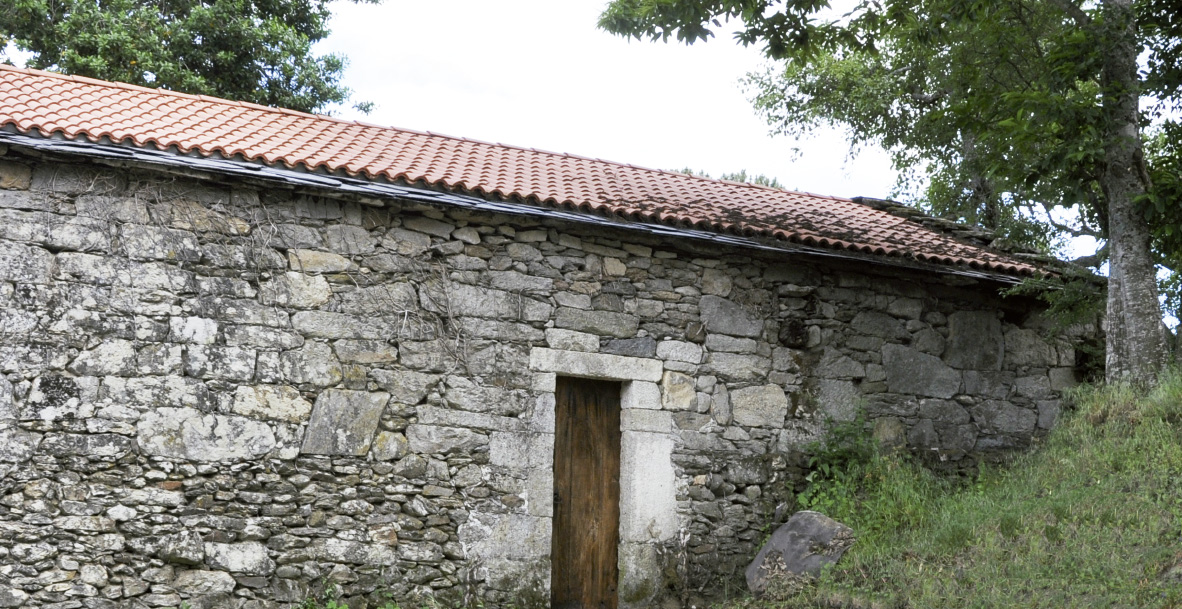
THE CARPENTRY SHED
Traditionally, it was common that Galician manor houses would contain a small carpentry shed, mainly for the general upkeep and maintenance of the manor, but also to produce furniture, some of which can still be enjoyed in the manor today. Besides the carpentry shed, there are numerous tools and utensils employed in our lives today which find their origins in this noble trade, one which has an old and rich history in the area.
THE LOOM
The loom of the manor was used as a small textile workshop, for making diverse garments, cloths and quilts, amongst others, from materials such as wool and linen. Manual looms such as this one, completely restored, existed in all Galician villages in the 17th and 18th Centuries. At the time, the places where the spinners worked during the day, in amongst all the clutter, transformed into places where the workers sang, danced and drank wine at night. This was one of the main reasons why the rural clergy censured the moral disorders which occurred during these traditional gatherings.
